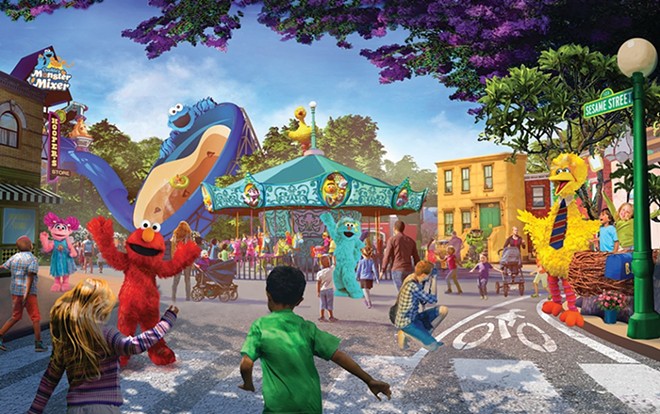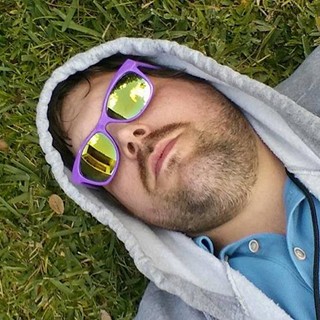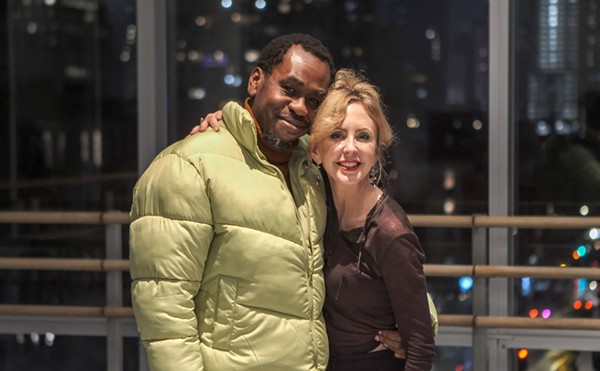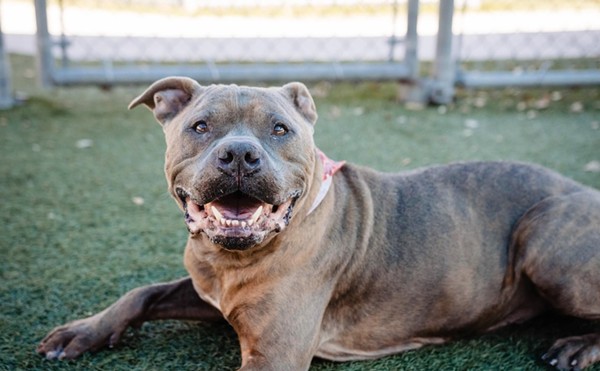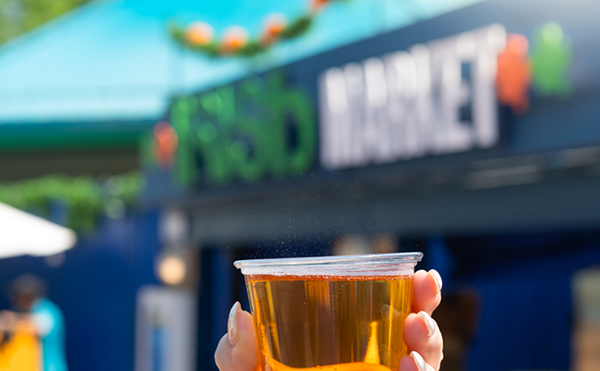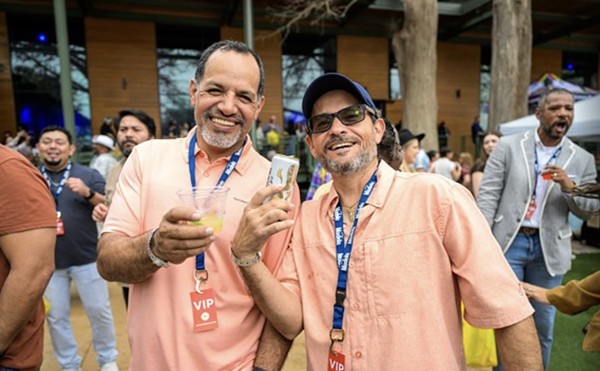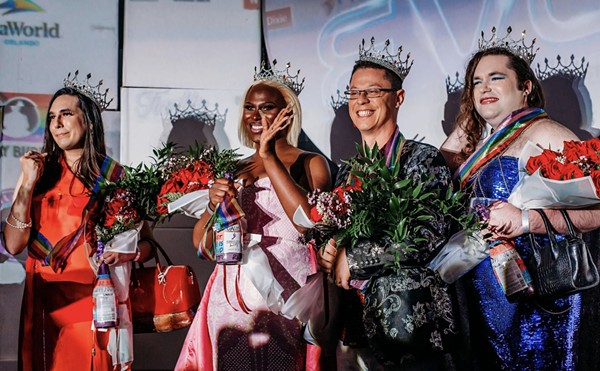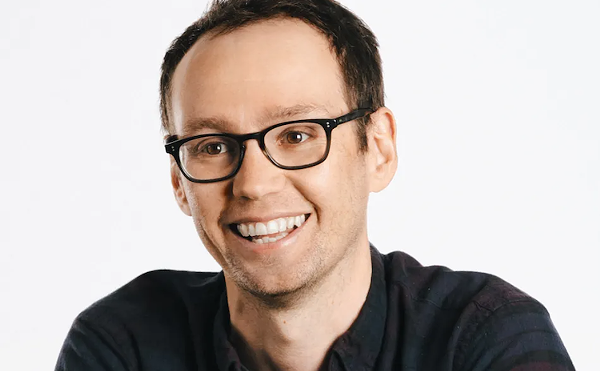
Replacing the Aquatica water park in San Diego, the new Sesame Place will open in at the beginning of the 2021 season. This early 2021 opening is just months ahead of the mid-2021 date for opening a second park as required by the contract between SeaWorld and Sesame Workshop, the media company that owns the rights to Sesame Street.
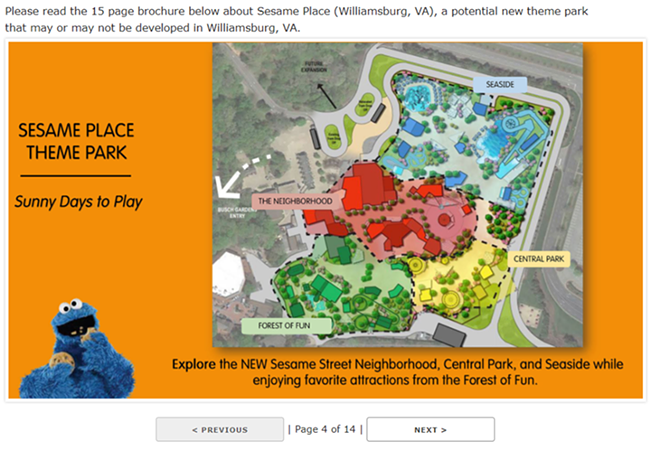
Ross’ role in directing SeaWorld, where he serves as Chairman of the Board, has become more evident, as numerous high ranking officials at SeaWorld have left in recent months. Former CEO Gus Antorcha noted “disagreements over the Board’s involvement in the decision making at the Company” in his abrupt resignation. The unnamed member on the Board seeking a different location for the new Sesame Place seems to have gotten their wish.“Aquatica Orlando and Aquatica San Diego are about as similar as Paris, France, and Paris, Texas."
tweet this
Supposed concerns over the inability of the Williamsburg site to operate year-round contributed to the choice of a warmer climate for the new park. SeaWorld’s vast amount of land at its San Antonio park was under consideration, though concerns around the increasing competition in that market – thanks to new attractions by Merlin and a nearby Six Flags park – seem to have contributed it being removed from consideration.
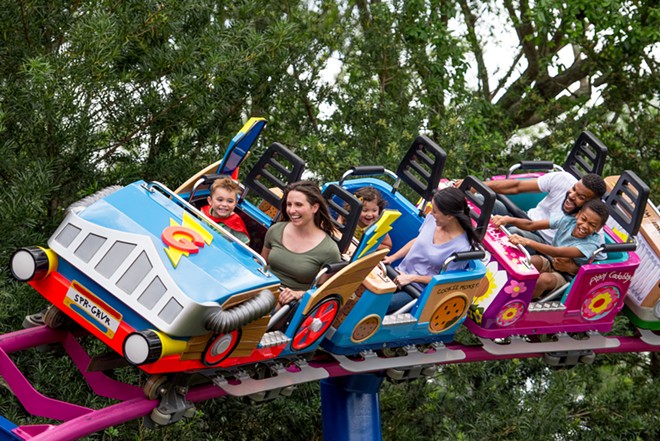
Ironically, SeaWorld had seen a similar failure less than a decade prior, when its Houston-based Busch Gardens park also only lasted two years, closing in 1973. That Asian-focused Busch Gardens, which like the other two Busch Gardens was located next to an Anheuser Busch brewery, can be viewed as a precursor to the Williamsburg location that opened in 1975. Busch Gardens Tampa was already known for its African animals, but the Houston park’s Asian animals were costly, reducing park profits. To this day, unlike its sister park in Tampa, the European-themed Busch Gardens Williamsburg is mostly animal-free, with only a few small live exhibits, including stables that are home to the company’s last remaining Clydesdales, a holdover from the Anheuser Busch ownership era. The only SeaWorld theme park with fewer animals than Busch Gardens Williamsburg is Sesame Place.
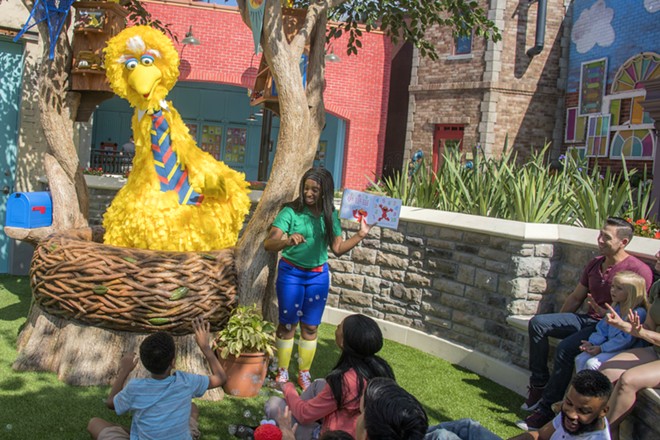
Unlike its two sister parks, Aquatica San Diego has far fewer animals, with only a freshwater turtle exhibit and a flock of flamingos calling the park home. One reason for this is, unlike the two other Aquatica locations that are located next to SeaWorld parks with their extensive animal care facilities, the San Diego location is nearly 18 miles away from its corresponding SeaWorld park. But this lack of access to animal care facilities is only part of the reason. The park actually cannot have many of the same animals that make the other two Aquaticas so unique. SeaWorld San Diego leases their Mission Bay-fronted property from the City of San Diego. As part of the agreement, SeaWorld can’t operate another marine life park within an area stretching as far east as New Mexico and as far north as Sonoma County, California. This agreement means the nearby Aquatica waterpark, technically in Chula Vista, was banned from having nearly all of the marine animals that make the other two parks so unique.Aquatica San Diego has very few animals because of their lease agreement with the City of San Diego.
tweet this
SeaWorld acquired the Southern California waterpark in 2012, purchasing it from Cedar Fair. Prior to SeaWorld, the waterpark operated as Knott’s Soak City. It originally opened in 1997 as White Water Canyon, a 1890s Gold Rush-themed water park.
SeaWorld did a quick remodel of the park when it purchased it, but much of the lush landscaping and highly themed animal habitats that fill the other two Aquaticas remain absent there. In a 2013 review of the opening of Aquatica San Diego, an L.A. Times writer noted, “Aquatica Orlando and Aquatica San Diego are about as similar as Paris, France, and Paris, Texas. They share the same name, but offer completely different experiences.” Reviews have not improved in the 6 years since.
The other four water parks owned by SeaWorld all rank within the top-ten most-visited in the nation, according to the 2018 TEA – AECOM Theme and Museum Index, the industry standard for attendance numbers. Meanwhile, the San Diego park isn’t even in the Top 20. The struggling Southern California water park sits next door to an open-air amphitheater, but otherwise, the area surrounding it, less than three miles from the U.S.–Mexico border, offers few nearby attractions.
What the area does offer is a rapidly growing region filled with an increasing number of families. The area’s directly around the water park is home to multiple new housing developments.
The addition of Sesame Street should make the unsuccessful water park a bigger draw for the families and will likely do the same for tourists visiting the SeaWorld San Diego park half an hour away.
For fans of SeaWorld Orlando, the new park may look familiar. Orlando’s Sesame Street area was always intended to be the proof-of-concept for the company’s new Sesame Street areas. Previously, SeaWorld had Sesame Street character-themed kiddie rides but was hesitant to go all-in on the actual buildings, instead trying to work the characters into each park’s larger them, for example at the African themed Busch Gardens Tampa the Sesame Street area is the safari-themed and in Williamsburg the European theme is loosely kept with a forest and castle-themed Sesame area.
SeaWorld San Diego, like all SeaWorld parks, has its own small Sesame Street area. Here, it’s themed to the ocean, with odd Elmo-faced fish and other non-canonical Sesame-inspired creatures. That area, known as the Sesame Street Bay of Play, opened over a decade ago and has three small flat rides and a play structure. A second kids’ area, Ocean Explorer, opened in 2017. It is home to four kiddie rides and three animal habitats. A custom-built submarine themed ride opened with Ocean Explorer but quietly closed less than a year later, after multiple issues. SeaWorld has not shared any details on the future of that attraction or what may eventually replace it. It’s possible that the Ocean Explorer area, which sits near the Bay of Play, may eventually be expanded to include a reworked and re-themed Sesame Street free Bay of Play area.Orlando’s Sesame Street area was always intended to be the proof-of-concept for the company’s new Sesame Street areas.
tweet this
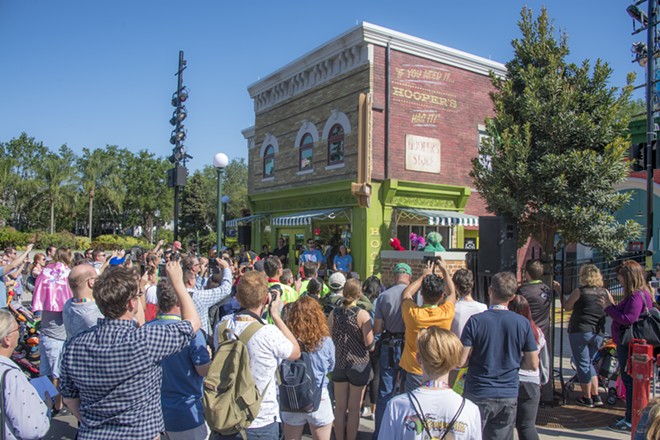
This mishmash of Sesame Street and other themes found at these other parks all changed earlier this year when SeaWorld Orlando opened its new Sesame Street Land.
Unlike previous lands, each with its own theme, the Orlando land was focused on theming everything to the Sesame Street that most are familiar with. Replicas of buildings from the show were recreated in the new land and rides were based around the characters, not around park-specific themes. This allows for the concepts developed for Orlando to be more easily replicated, dramatically cutting down on costs and time required to open new Sesame Street attractions.
The new Sesame Place San Diego park will keep nearly all of the current water park attractions, slightly re-theming them to Sesame Street characters, but will add seven carnival-style flat rides similar to the ones found at the SeaWorld Orlando Sesame Street Land. A kiddie coaster that looks nearly identical to the Super Grover's Box Car Derby found in Orlando and San Antonio can also be seen in the park’s concept art, as can Cookie Monster’s Cookie Drop. It will also have a parade similar to the one seen in Orlando and at SeaWorld San Antonio.
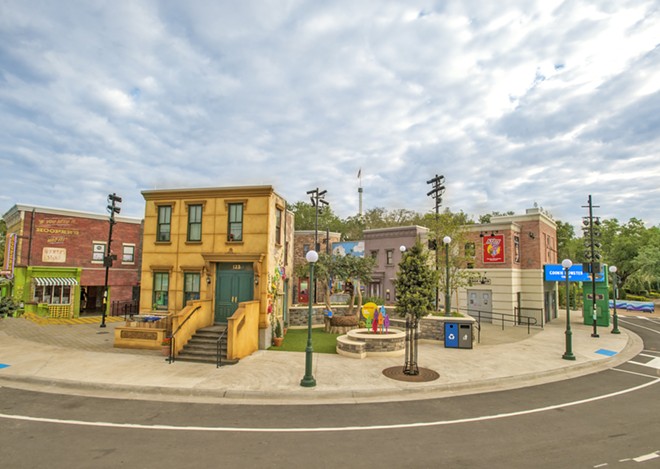
Sesame Place San Diego is set to open in 2021, but with its opening, SeaWorld will retain the right to open more Sesame Place parks in the coming years. Rumors point to SeaWorld looking to expand its park holdings via new purchases with at least some of those newly acquired parks being transformed into Sesame Places. Much of that revolves around Scott Ross and his vision for the future of SeaWorld.With major leadership shakeups that now include former park leaders returning to the company, few people know what the future of SeaWorld looks like.
tweet this
A previous rumored deal with European park operator Parques Reuniods for its collection of underperforming U.S. parks now seems to be off the table. Parques Reuniods was bought and taken private by a group led by European investment firm EQT. Last week Elliott, the hedge fund ran by vulture capitalist Paul Singer, acquired a 12.79% share of Parques Reuniods.
It's unclear how this may affect the amusement company with deep ties to Hill Path Capital.
In recent weeks Elliott also purchased the largest resort in Phoneix, the JW Marriott Desert Ridge Resort & Spa. Private investment firms like Hill Path and Elliott are becoming an increasing presence within the amusement industry. This could possibly drive up prices for smaller parks, the very type of that SeaWorld has been rumored to be looking at acquiring. Last year, Six Flags, who has its own Sesame Place style kids parks in the works, acquired the operational rights to five smaller amusement parks for a combined $20 million, less than what a single large coaster can cost. SeaWorld Orlando's Antarctica: Empire of the Penguin attraction that combined a family ride and an animal habitat is believed to have cost $40 million.
With the rumored Parques Reuniods deal now on ice, and with major leadership shakeups that now include some former park leaders returning to the company, few know what the future of SeaWorld looks like.
So far, the company has continued the expansion plans first laid out by previous CEO Joel Manby that included major new additions to each of its signature parks each year, while downplaying the company’s legacy animal habitats. All three SeaWorld parks and both Busch Gardens parks currently have major new roller coasters under construction at them with all five coasters scheduled to debut next year. The only project so confirmed for 2021 is the new Sesame Place park, but speculation on other new projects is already ramping up. For now, the official focus remains exclusively on San Diego.
Stay on top of Orlando news and views. Sign up for our weekly Headlines newsletter.

